be quiet! Silent Wings 4 High-Speed 120mm Review
Introduction
In this review, we will take a closer look at be quiet!'s newest high-end case fan, the Silent Wings 4 High-Speed. At 2500RPM this monster promises to deliver high airflow while the new wing design makes sure to push the air through every obstacle! Let's find out how it actually turned out!
Positive
- Excellent Performance
- Excellent Noise-to-Performance
- Multiple Installation Methods
Neutral
- All-Black/Matt-Black Design
Negative
- The PWM header is "okay" but be quiet's could have used the same as on the Pro-line
What's in the box?

be quiet!'s newest iteration of their Silent Wings series comes in an almost identical package as the previous versions. Some imagery and specs with a grey stripe to make sure that you know you went for the high-end line.

Inside the box, the Fan is wrapped in its own smaller carton box with an additional accessories box above it.
The accessories box contains an additional pair of mounting corners and the installation hardware in form of push-pins and fan screws, more bout that in the installation section
Down below we added a summary of the Silent Wing 4 High-Speed's specs:
| Name | be quiet! Silent Wings High-Speed 120mm |
| Size | 120x120x25mm |
| Speed | <=2500RPM |
| Airflow | 76.7CFM |
| Static Pressure | 3.96mm/H2O |
| Noise | <31.2dBa |
| Connection | PWM |
| Bearing | Fluid Dynamic Bearing |
| RGB | Of course not |
Installation

Installing a Silent Wings fan was always a matter of choice.
Out-of-the-box, the new Silent Wings 4 comes with the push-pin corners pre-installed. This installation mechanic is ideal to be used in a case fan scenario as the rubber on them can act as an additional damper to remove even more vibrations. In order to install the fan using this method, we simply need to position it behind or in front of the case's fan bracket and push the pins found in the accessories box through each corner of the fan. That's it...

The alternative method would be the fan-screw method. Self-explanatory as this is, we first need to replace the existing mounting edges. For this, simply grab each corner and push in the piece of out sticking plastic which unlocks the lock mechanism. From there, simply pull and they are off.

After positioning the corners on each of the edges of the fan, just push them in and proceed by installing it using the fan screws.

Appearance
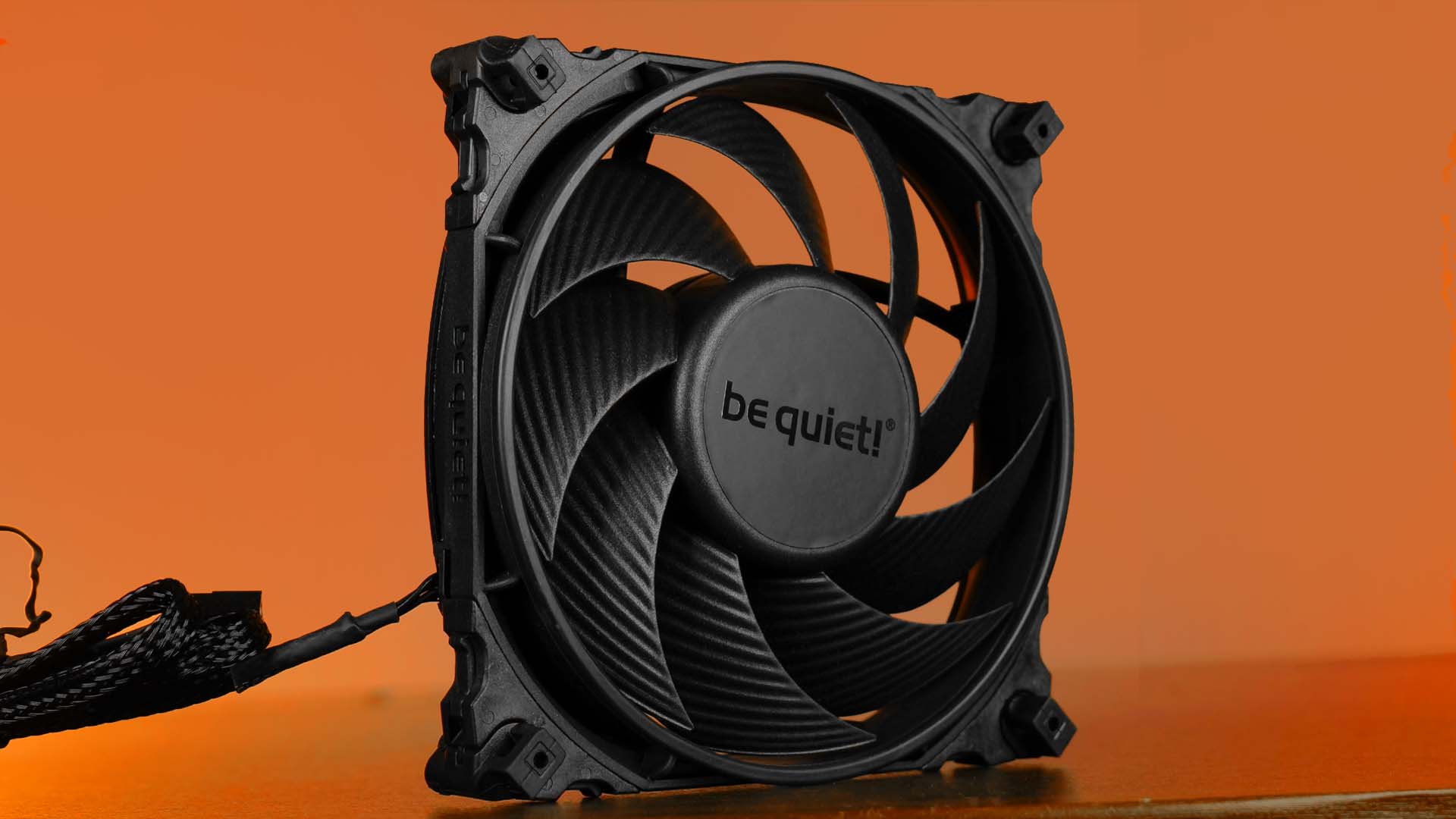
Surely the biggest change between the newest and the iteration before that is the fan's overall design. With a new all-black finish with a matt-black central piece, the fan is basically all black and easily integrable into basically any build.
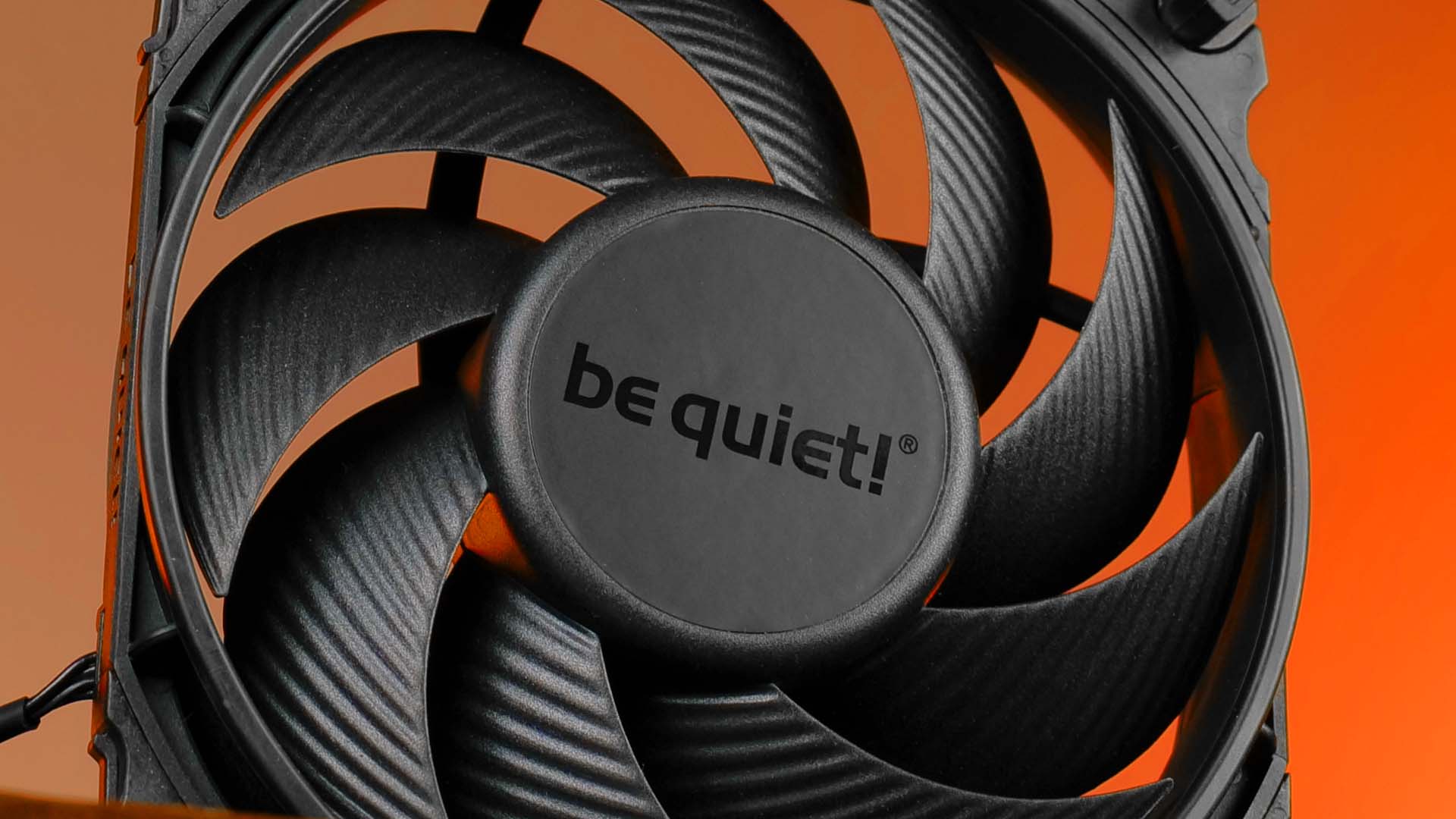
Although we are huge fans of these changes, the design will always be up to the end customer. The Wing design, however, is not. For the first time in a decade, be quiet! ditched their old 7- thick and slightly bent wing design that be quiet! is known for. Now, we are greeted with 9 heavily bent wings, which is more of a static pressure optimized approach. In contrast to the previous version, this new approach makes the fan better perform in use cases that require slightly more static pressure such as filters or strong bends and thin air inlets.

A quickly unnoticed change is that the fan is now actually round. The previous Silent Wings 3 line had an inlet and outlet in octagonal form. The new Silent Wings 4 on the other hand, is round. This change can be both negative and positive depending on how you want to look at it. The octagonal form might have helped to distribute the air more throughout the case as it might act as a funnel. The new round shape will channel the air slightly making it directable to a specific location.

A change like this might be impossible to measure, but as a front case fan in combination with an Air cooler, the round shape might be better as the air is pushed directly into the cooler fan instead of spread across the case. For exhaust, on the other hand, the octagonal design might be better as the "reverse" funnel will suck in the air through a bigger surface compared to a round design.
Benchmark
We tested the new be quiet! Silent Wings 4 High-Speed in 120mm using our usual benchmark test.

While letting the fan spin at 100% of its max speed, they managed to keep the CPU at 42°C above ambient. This positions it at 3°C behind the Noctua NF-A12x25 and 7°C in front of the Arctic BioniX P120.
Compared to be the previous generation, the new design made it possible to get the CPU 2°C lower.

On the noise-to-performance comparison, the SW4 HS managed to outperform close-to-every basically every other fan in existence. The only fan that it wasn't able to beat is Noctua's NF-A12x25. However, if the new SW4 line can do one thing very well, it's keeping the performance high while the fan speed is very low. As it turns out, the Silent Wings 4 are some of the only fans that can keep the CPU from thermal throttling while spinning at only 25% of their max speed. While doing so, they even managed to beat the A12 at this very point, giving the SW4 High-Speed the first spot in the low-speed category.
Conclusion
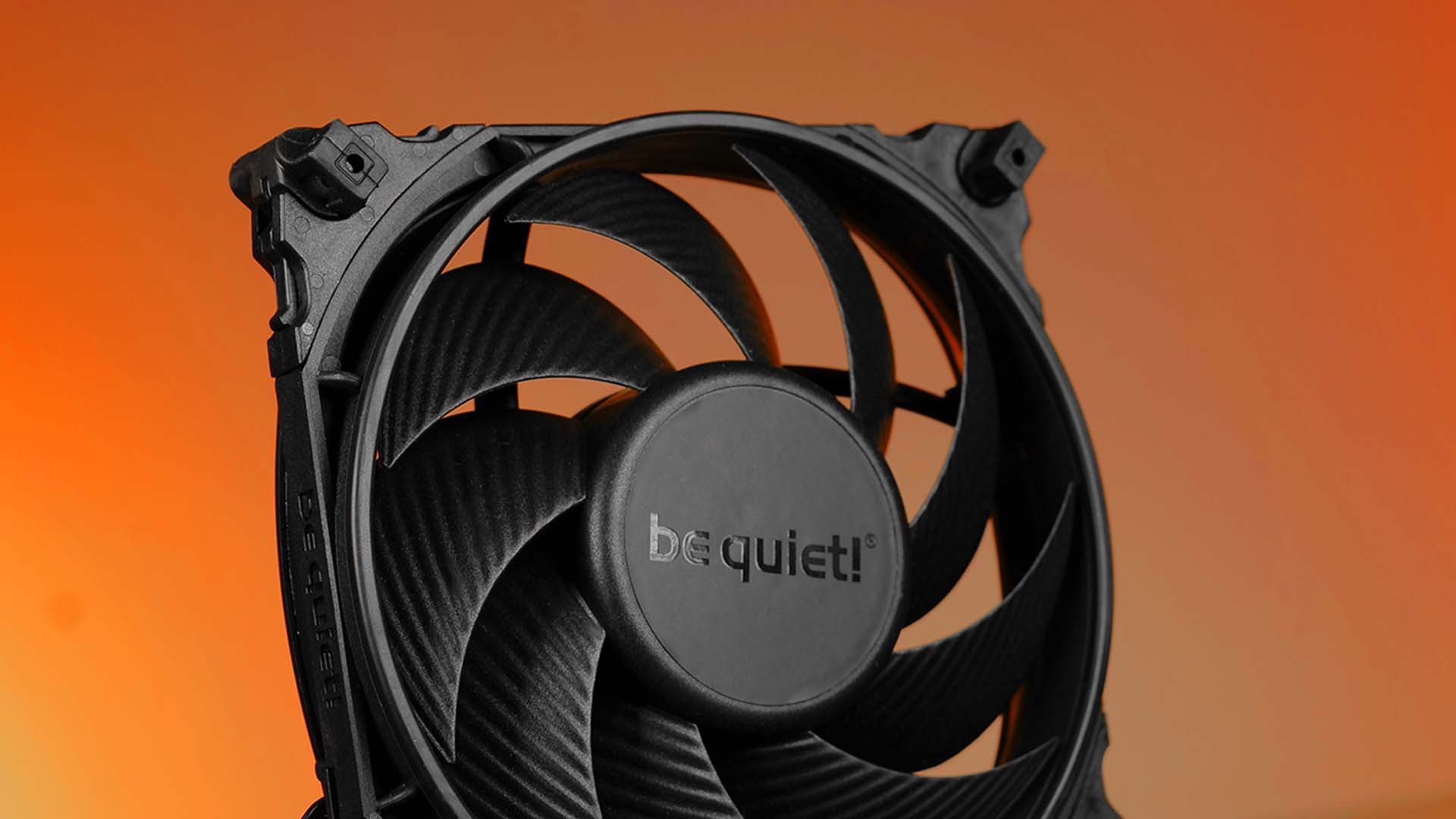
Just like the Pro line, we are huge fans of the new Silent Wings 4 series. The design change, both optical and wing related, was a needed upgrade that ended up much better than we expected.

Although the High-Speed version did not manage to beat the NF-A12x25 all across the board, they did manage to take the first spot at very low speed.
Quality-wise, there is nothing to criticize the SW4 for, the new edge mountings are a lot easier to remove and reinstall, and the overall frame structure is as rigid as you would like it to be. The only thing that we would have liked to see is be quiet! using the same PWM header that was already used on the Pro line. The 500mm long cable used on the high-speed version isn't bad, it's identical to what was used on the previous generation, the new and improved cables used on the Pro's are just significantly better.
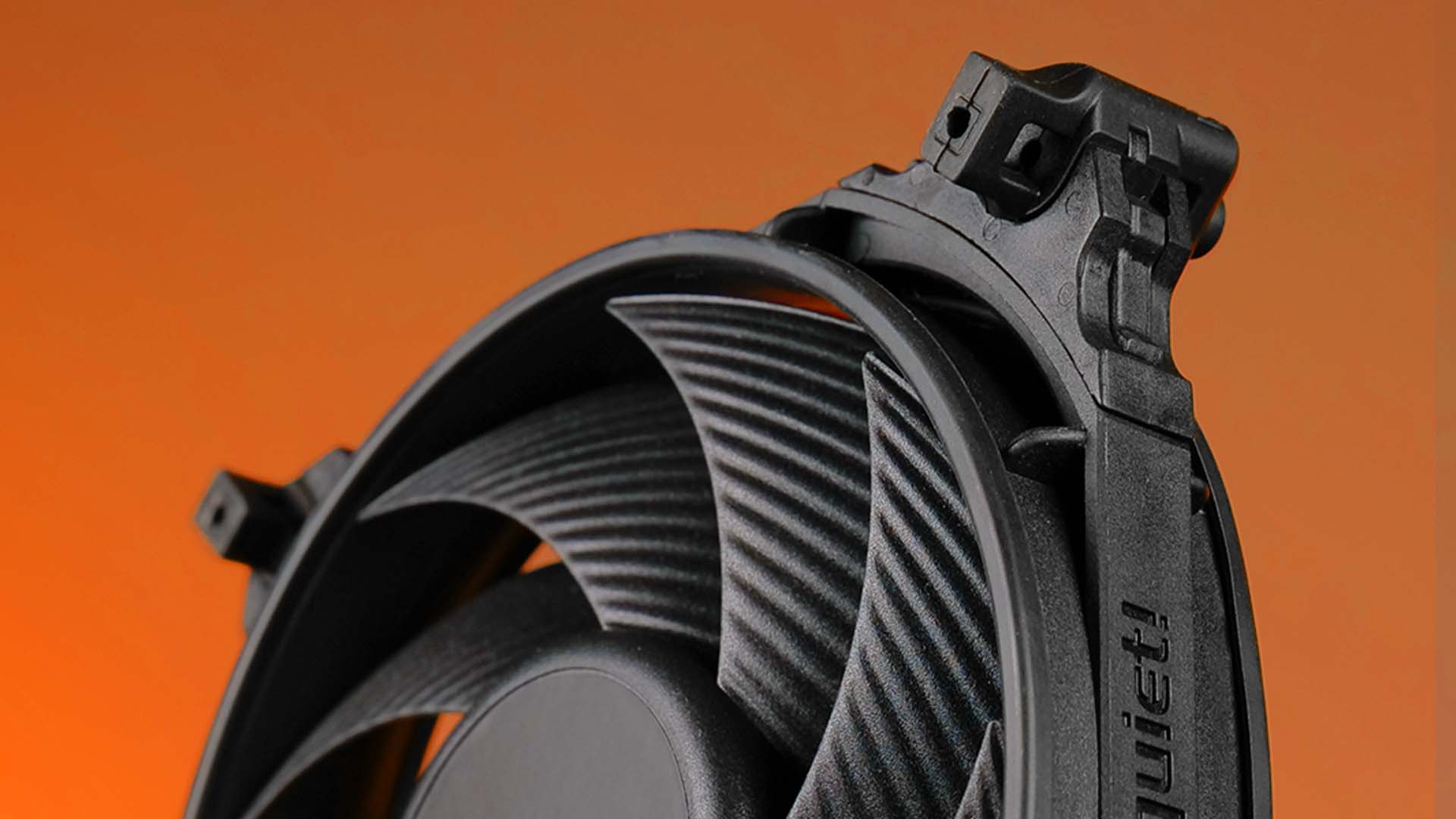
All in all, we can only recommend the new SW4 line. Used as a case fan, the High-Speed version will be able to keep the noise-to-performance at an excellent level while being the very best at idle situations.


Xilence M906 XC081 Review
Xilence has an excellent track record of creating incredibly affordable coolers that perform like the competitions best. Lets
Read More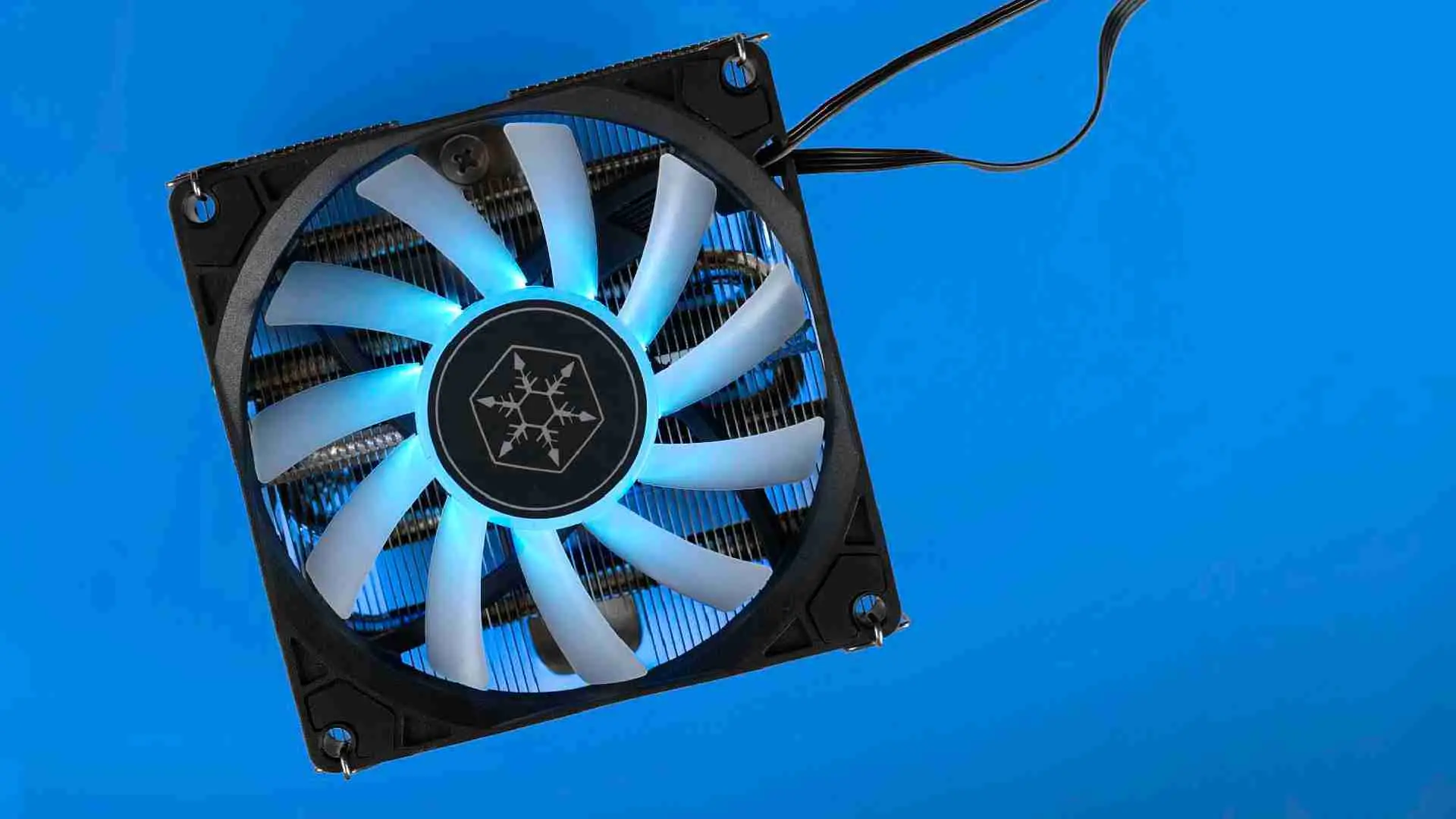
Silverstone Hydrogon H90 ARGB
By packing a surprising 4 heat pipes into the form factor of a biscuit, Silverstone managed to put together one of the most c
Read More
Scythe Fuma 2 Rev.B Review
Scythe has been one of the most underappreciated CPU Cooler and Fan manufacturers for way too long. Lets take a closer look a
Read More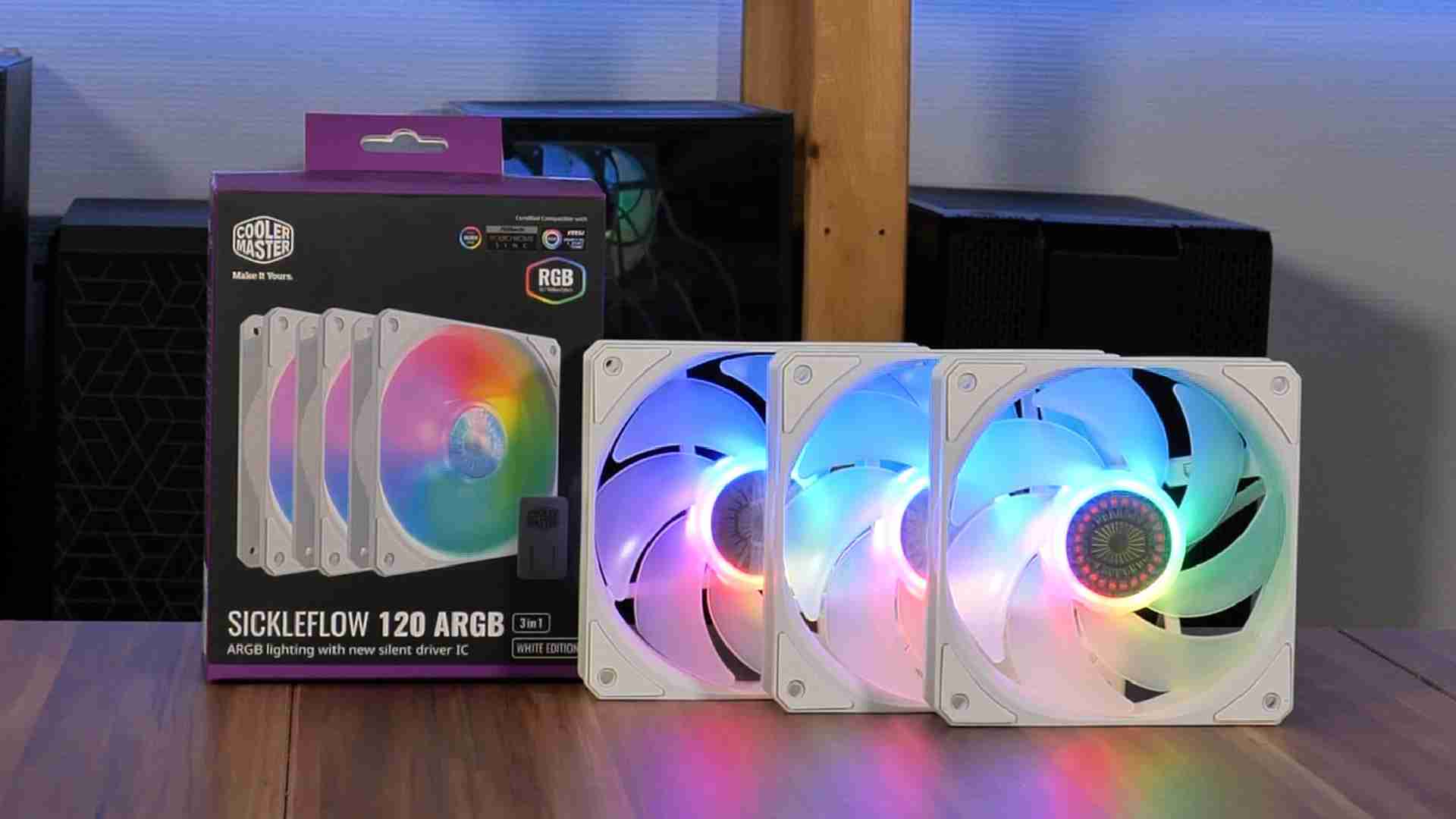
Cooler Mater Sickleflow 120 ARGB Review
After we had a look at the Cooler Master Masterliquid ML120L v2, we found that the Fan they used was pretty good. But now, Co
Read More